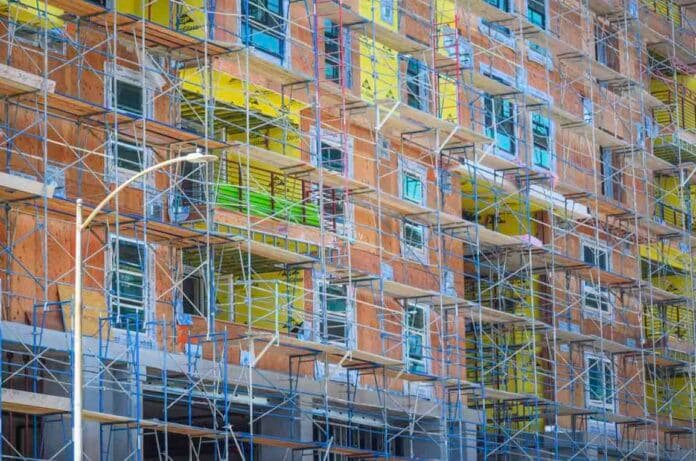The entitlement process can be considered the single most important aspect of a development before a single shovel is dug into the ground or—for better or worse—a demolition crew comes. What it essentially does is allow a developer to build a specific project in a specific space as dictated by the plans that were presented and approved; those entitlements forever hold the rights for developers to take on those plans for that property, whether or not they actually follow through with the plan.
In other words: Entitlement does not guarantee the building actually being built; what it does is guarantee its legal standing as a possible development should the developer have the means and funds to construct it.If a developer wants to do something outside the scope of those entitled plans, they have to go through the entitlement process once again.
So what is exactly is that process to entitlement?
Entitlements are fairly complicated and, when it comes to Long Beach’s civic structure, open to interpretation and overseen by the City’s Planning Commission. That “interpreting and overseeing” process has three different parts.
Disapproving or approving the structure’s intended use (e.g. commercial space, residential, industrial, mixed used…)Analyzing the structure’s conformity to an overall city plan—which in Long Beach, depends on where the project is being built. If it is within the confines of the Downtown, for example, there is a specific Downtown Plan that was approved in 2012 and dictates everything about a project that can be developed in DTLB. These rules and guidelines are significantly different than a development on, say, the Anaheim Corridor in Central Long Beach. Processing and sanctioning the overall aesthetics of the project, which involves everything from the way the building looks to what materials will be used.
So is entitlement like the permit process?
In short: No.
The permitting process is a rather cut-and-dry process that allows little room for deviation—and it is more tight-knit than the entitlement process because it ensures that the construction adheres to health, safety, and building code standards by City-appointed inspectors. For example, when a restaurant owner needs to install a new HVAC system, the applicant will go through the permitting process to ensure that the system is installed safely and adheres to jurisdiction codes before being constructed. Also, permitting usually means the property owner or developer is about to actively begin construction after breaking ground or is seeking to alter an existing building.Entitlement is more interpretative as it deals with design and neighborhood need—but that doesn’t mean any building can go anywhere, as previously mentioned about the rules and guidelines which dictate planning for any given city.
What if neighbors don’t like the entitled project?
There are many projects that neighborhoods—be they neighborhood or business associations, cohorts of citizens, or any other concerned group—don’t like. But there is a formal process that those groups most go through in order to halt the entitlement process.And that basically means that once a project is entitled, it is nearly impossible to stop that project from being built if the developer has the means and funds to construct it.
For example, a group of DTLB condo owners were unimpressed with plans to redevelop 525 E. Broadway, citing that the building impeded their open space, sunlight, and air flow. Rather than attempt to shut down the entire project—which is extremely difficult, usually requiring the assistance of lawyers and a deep-dive into the project’s specifics in the hopes that it violates development law—they proposed the project be altered by shrinking in size so as to increase the space between the condo owner’s building and the project. It failed—but had that group approached the Planning Commission after the entitlement process, it almost guaranteed their appeal would never be heard by a formal governing body.


